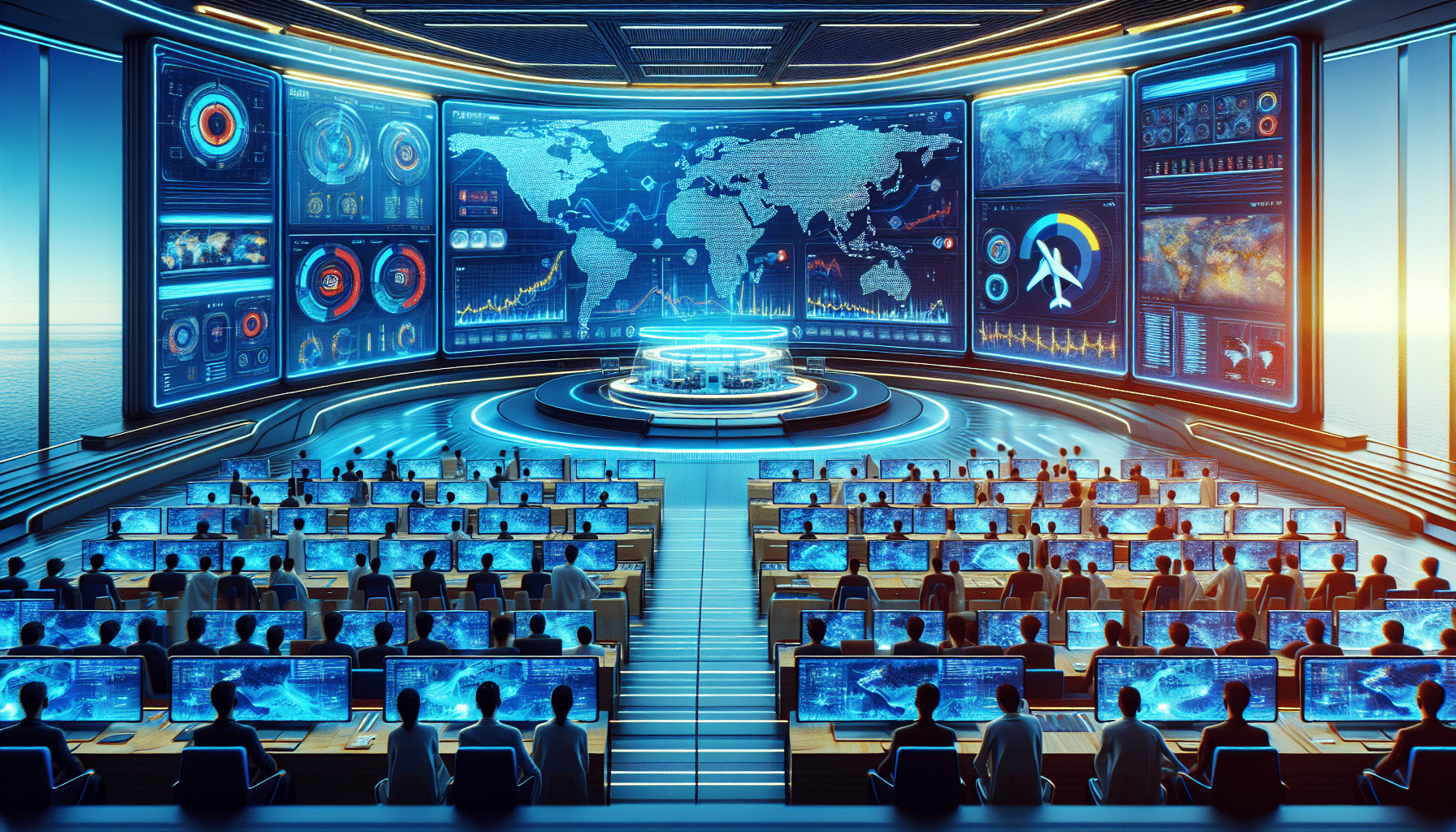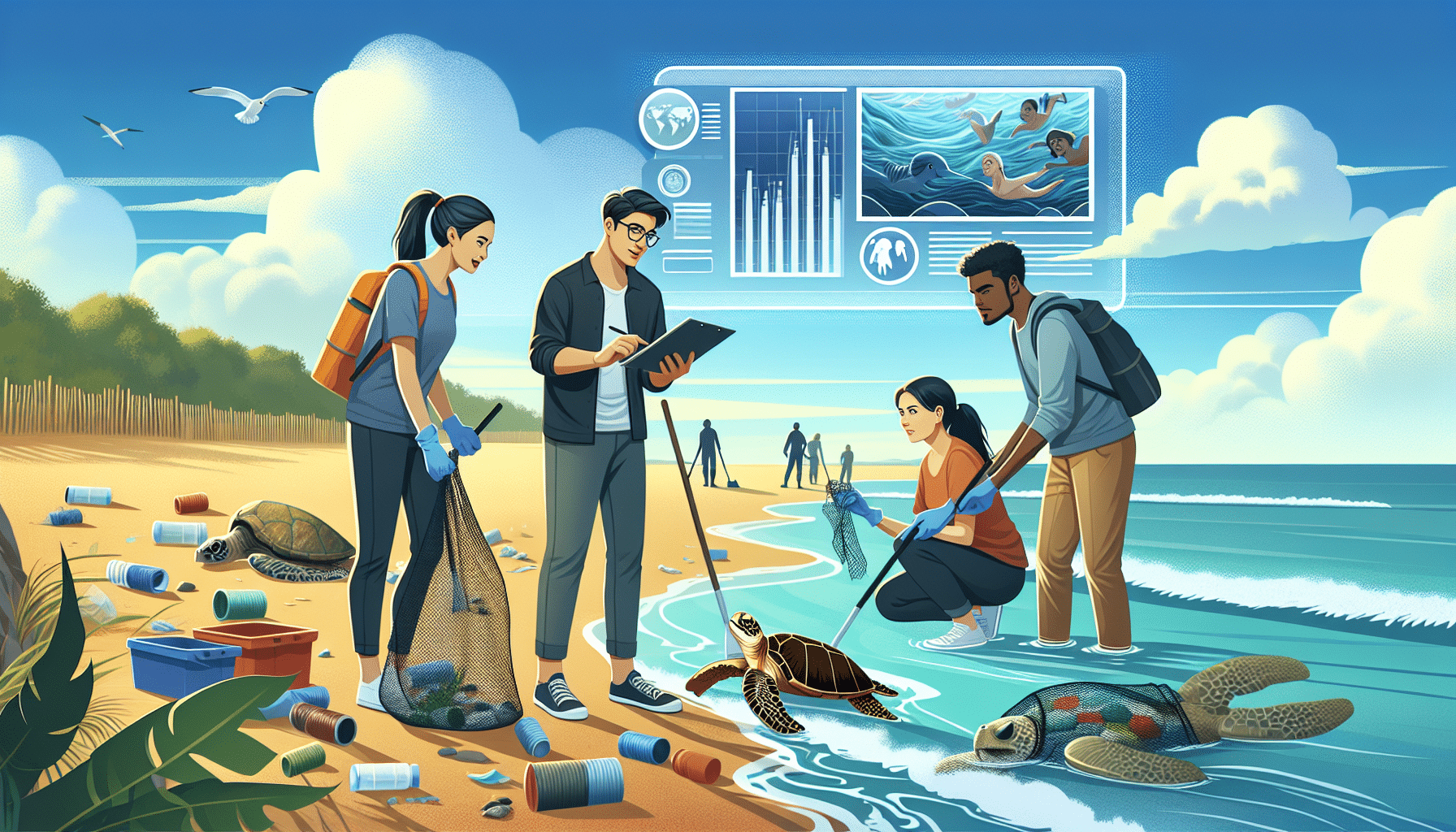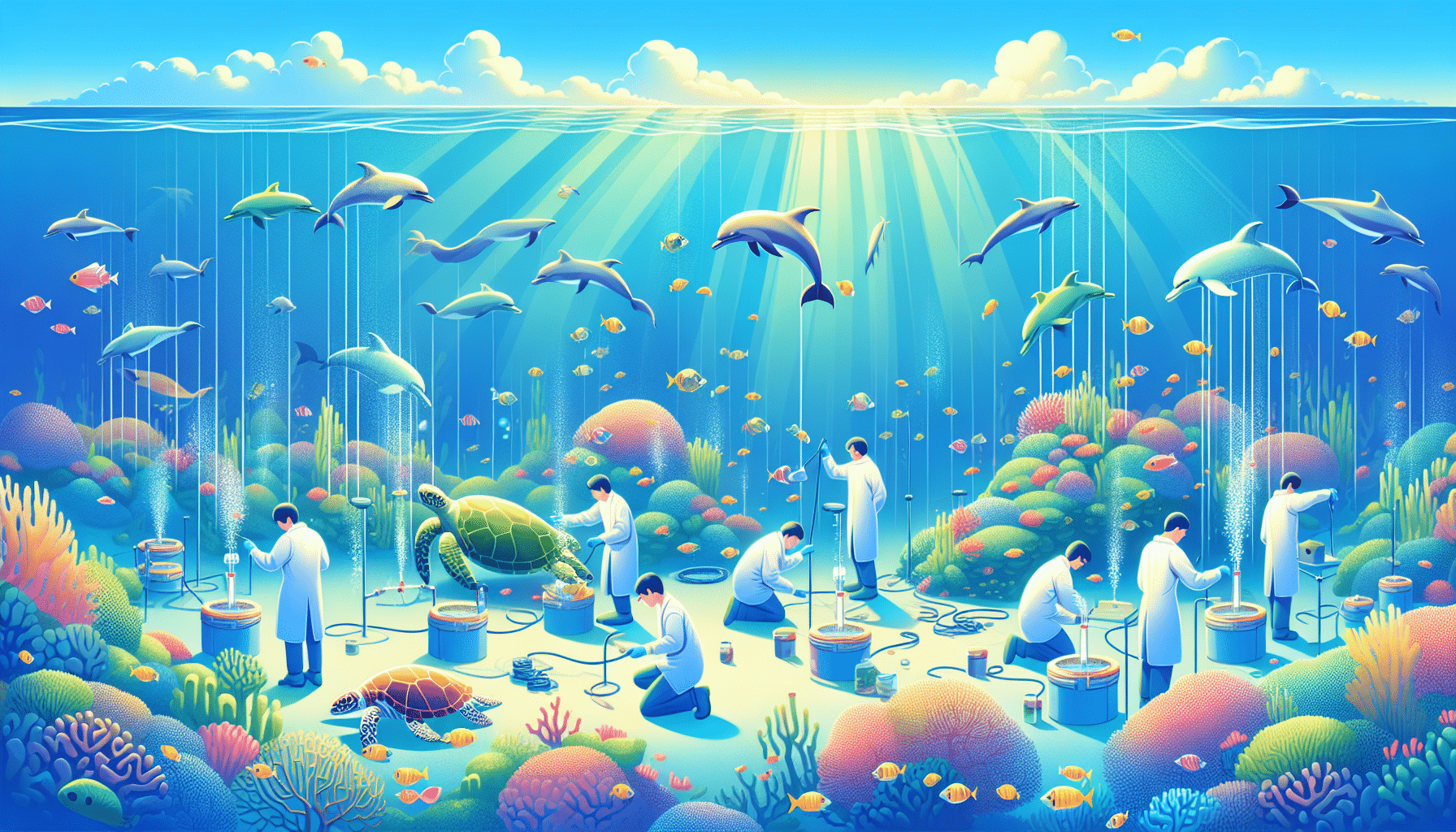Understanding Online Vessel Operations
Online vessel operations refer to the management and control of ship functions and services through digital platforms and technologies. This modern approach uses various forms of software, digital communication, and monitoring systems to ensure the efficiency, safety, and economic handling of maritime activities. In an era where information technology and automation play crucial roles in every industry, the maritime sector is seeing significant transformations in how vessels are operated from remote locations.
The Evolution of Maritime Technology
The shift towards online vessel operations can be traced back to the development of more advanced communication technologies and the increasing need for improved safety and efficiency in marine navigation. Initially, maritime operations heavily relied on manual controls and direct human intervention. However, with the advent of GPS, IoT (Internet of Things), and other digital solutions, there has been a tremendous shift towards automated and remote operations.
Core Components of Online Vessel Operations
Online vessel operations comprise several key components that work together to streamline maritime activities:
- Remote Monitoring and Control: Central to online vessel operations is the ability to monitor ship functions and make necessary adjustments from a remote location. This includes everything from navigation, engine operations, to fuel management.
- Automated Systems: Automation in vessel operations reduces the manual labor required to control various ship functions. Advanced algorithms can now predict, respond, and adapt to changing sea conditions or operational demands without human intervention.
- Data Analytics: Real-time data gathering and analytics help in making informed decisions about vessel operations. This data is crucial for route optimization, maintenance planning, and energy management.
- Communication Technologies: High-speed, reliable communication channels are essential for the effective transmission of data and instructions between the ship and shore-based control centers.
Benefits of Implementing Online Vessel Operations
Integrating online technologies in vessel operations brings numerous benefits:
- Enhanced Safety: Real-time monitoring allows for immediate response to any anomalies or dangers, significantly reducing the risk of accidents.
- Increased Efficiency: Automated systems optimize routes and speed, leading to reduced fuel consumption and faster delivery times.
- Cost Reduction: With automation, the need for crew onboard can be reduced, as well as costs associated with human error and manual handling.
- Environmentally Friendly: Efficient operations mean less fuel consumption and emissions, contributing to environmental sustainability.
Challenges in Online Vessel Operations
While online vessel operations offer significant advantages, they also come with challenges that need to be addressed:
- Cybersecurity: With increased connectivity, ships become more vulnerable to cyber attacks, which can compromise navigation systems, safety, and data integrity.
- Regulatory Issues: The global nature of maritime operations complicates the enforcement of standards and regulations, which can vary greatly from one region to another.
- Technical Failures: Dependence on technology means that any failure in software or hardware can have severe implications for vessel operations.
- Human Factor: While automation reduces the need for human intervention, the human factor remains crucial for oversight and management, especially in complex or emergency situations.
The Future of Online Vessel Operations
The future of online vessel operations looks promising with continual advancements in technology. AI and machine learning are expected to play larger roles in predictive maintenance, decision-making processes, and operational efficiency. Furthermore, as 5G technology becomes more widespread, it will significantly enhance real-time data transmission and connectivity between vessels and shore-based operations, leading to more dynamic and responsive maritime services.
In conclusion, online vessel operations represent a pivotal shift in maritime logistics and operations. Embracing this technology not only enhances operational capacities but also pushes the boundaries of what is possible in the shipping industry.





